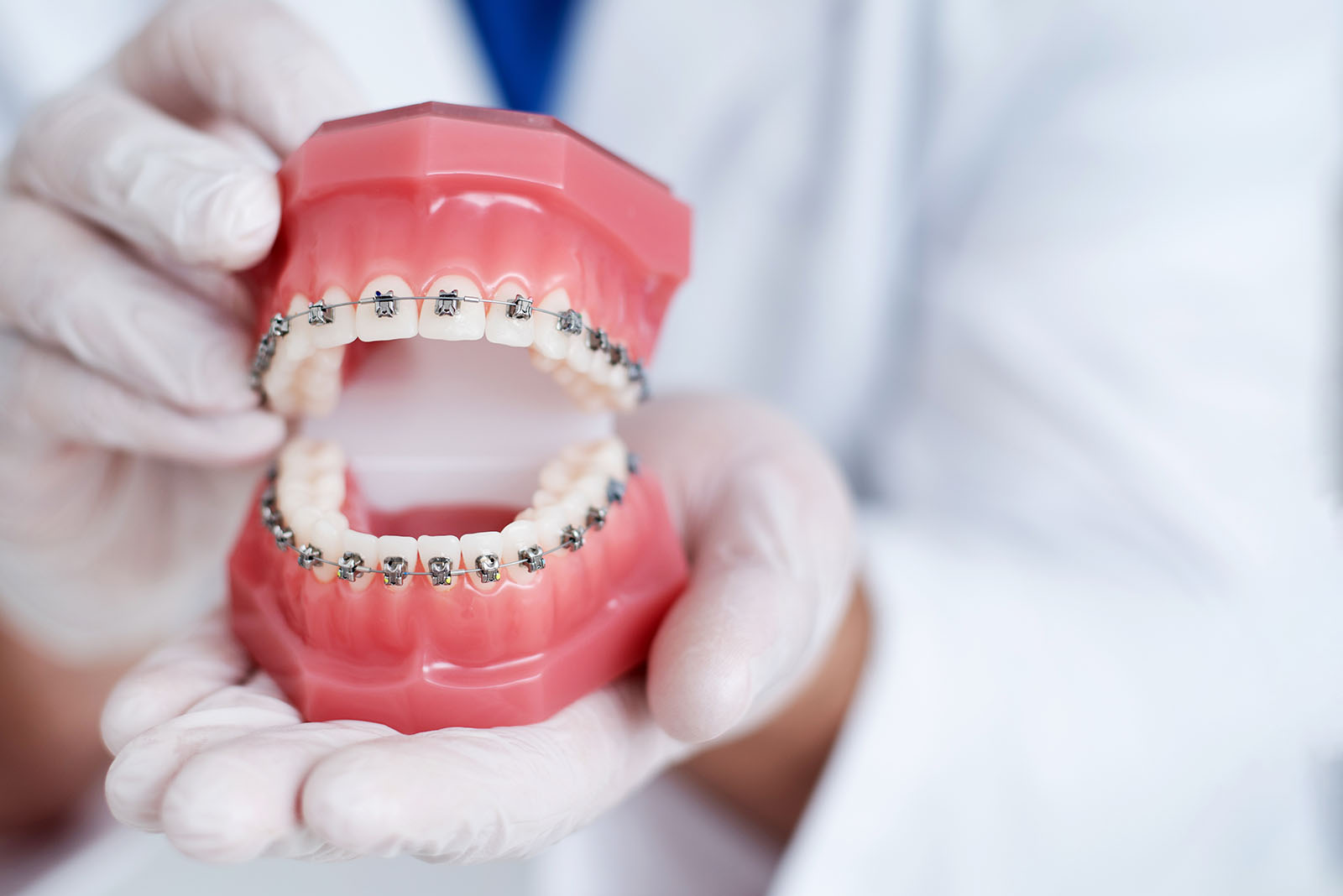Call Us Today!
(860) 354-6006
New Patients
(860) 248-2099

Maintaining a great orthodontic outcome is just as important an endeavor as achieving the beautiful bite and smile in the first place. The second law of thermodynamics holds that entropy (a gradual decline into disorder) always increases with time. Of course, our teeth must be included in this, along with the rest of the universe.
An orthodontic outcome can only be stable if equilibrium is achieved. The goal is to balance the new position of the teeth with forces from the gums, the bite, the soft tissues (the cheeks and tongue), and the forces of facial growth and development.
It takes 3-4 months for the fibers in the gum tissue to reorganize into their new positions after the orthodontic treatment is completed. This is why the period immediately after the treatment ends is the most critical. This means that if you’re going to choose a time to stop wearing your retainers as directed, immediately after the treatment ends is not a good time to do this. This is especially true for teeth that were rotated or spaced before treatment began, as the supracrestal fibers (a particular type of fiber inside the gum tissue near the teeth) may remain deviated for up to 232 days post-treatment.
So what does this mean for us? Patients must be informed that orthodontic retention is the final, but critical element of orthodontic treatment. It is the final frontier. It is unfortunately a misconception that teeth, once aligned, will be permanently stable. There must be a plan in place for lifelong maintenance.
There are many types of orthodontic retainers, and the plan for retention must be chosen carefully for each patient based on their pre-treatment characteristics and other factors as well (like patient comfort and esthetics, which are always paramount).
The most common type of removable retainer used after full treatment currently is a clear retainer made in-house by most orthodontists which looks very similar to Invisalign aligners. They are clear, comfortable, attractive, and do not impair speech. For younger children, especially after phase I treatments, the more classic type of retainer (called a Hawley retainer) are generally used. These have wire clips in the front and back, have colorful acrylic across the roof of the mouth, and are very sturdy. Some adults choose these as well (especially when they move to a period of nighttime wear only), as the lifespan of these retainers can be very long. Often adult patients may require a modified upper night guard appliance; this appliance can help to mitigate issues due to nighttime grinding or clenching and can be made in such a way that it also functions as a retainer.
Fixed retainers (small, bonded wires behind the teeth) are generally used only when needed, as they require daily flossing with a special tool called a floss threader. But, these can be very helpful when the patient has specific issues pretreatment such as a large gap (diastema) between the front teeth, or significant crowding of the lower front teeth. Even when fixed retainers are used, removable retainers are still necessary, and are custom made to fit over the fixed retainers.
It is important to note that changes over time actually occur for everyone, even for people that have beautiful smiles and bites without orthodontic treatment. Generally, our bites are smiles are normally their best in early adolescence (12-14 years old) and then shifting of the teeth begins to occur over time.
Retention is as important as treatment and goes far in preserving our beautiful smiles. It becomes just a part of our bedtime routine- face washing, teeth brushing, contact removal, retainers in, bed! If only our youthful waistlines could be maintained with so little effort.
